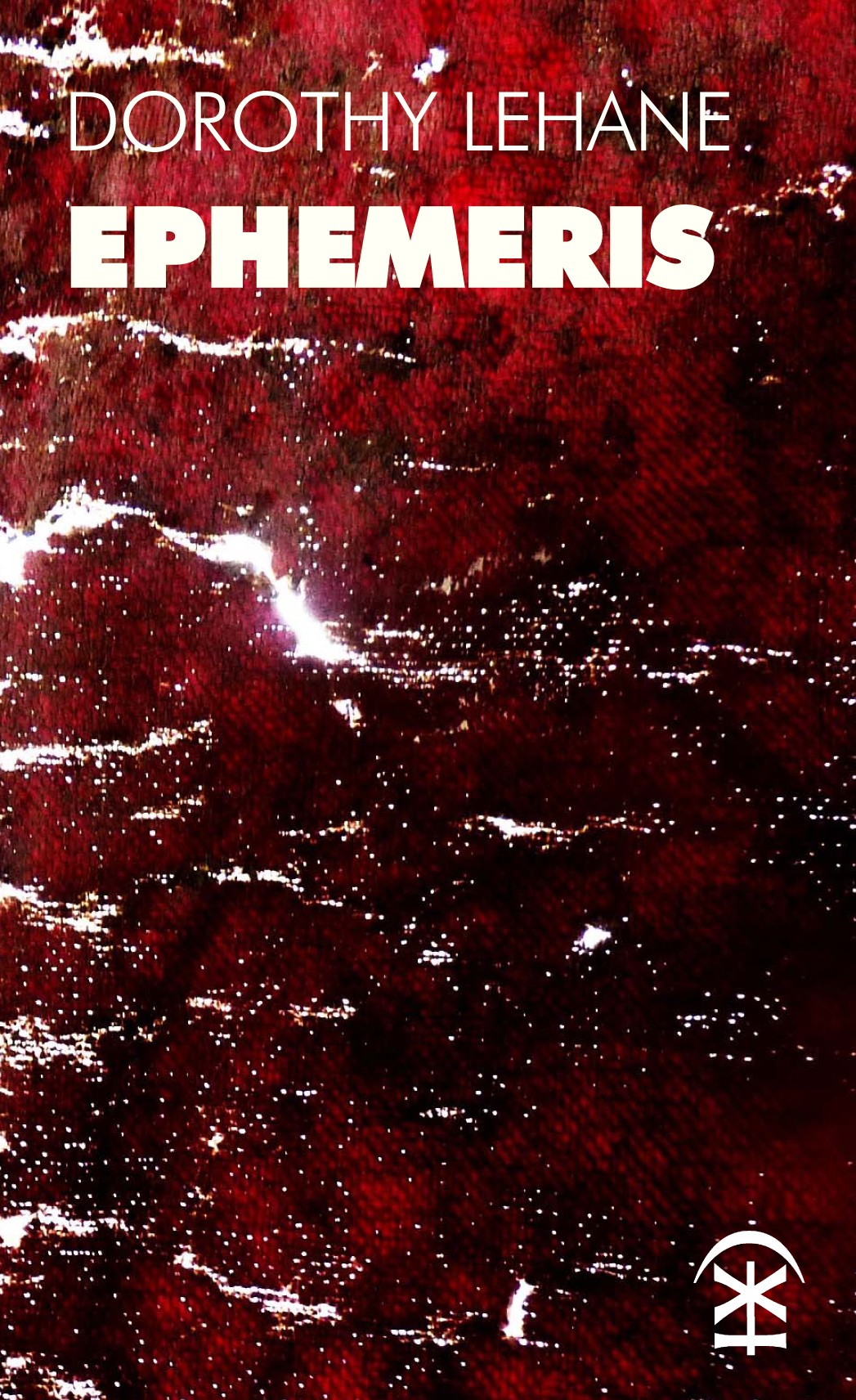The Night of the Day by David Morley
-Reviewed by Rose Davies-
The Night of the Day by David Morley is a pamphlet of poems which traverse the bleak difficulties of a life lived on the edges of society. In the early section of the book the content of the work deals with the tragedy of domestic violence, witnessed through the eyes of a very young boy. Towards the later parts of the volume there are sombre representations of the experiences of those who work within a circus. These depictions are as stark as the tales of violence, which opened the volume. The latter poems also focus on issues to do with racial prejudice. The poems in the centre of the volume offer some relief as they focus tenderly on adventures with friends within the natural environment. However, The Night of the Day focuses largely on the darker aspects of the lives of men who live on the outskirts of society.
‘Three’ is one of the poems, which opens the pamphlet. It tells the tale of a boy who is only three years old and who is subjected to violence at the hands of his young brother and also his father. Within the space of five lines this poem ranges from an emotionless reportage of the crime committed ‘One of us has taken biscuits without permission…’ to ‘he slices our arteries open in the air between us. His house is his abattoir.’
In the centre of the pamphlet a piece called ‘Fresh Water’ is written about and dedicated to the memory of a friend whose life was cut short. The exuberance of depiction of the character of this man, contrasts sadly with the dedication which opens the piece, as the reader know from the outset that this being and his free spirited response to being lost in a field near Woodstock, is someone now gone and that his life was not particularly long. In this section of the pamphlet, tales of adventures with friends in the natural environment occur. The representations of nature are not romantic to any degree. The same code, which dictates the machinations within the other poems, is also present here. The natural world is depicted as having its rules but the world depicted here is one that is far less harsh then the one in which racial prejudice is rife. There is an identification here between the dangers of the natural world and those of performing within a circus, but there is a joy to be found in the pieces which are about nature, wherein making a mistake with a map bring the surprise and joys of finding horses in a field.
The later pieces in The Night of the Day focus on the stark realities of racial prejudice and the bleak employment prospects faced by workers within the circus. The later poems in this volume focus on the cold realities of the commercial and technical decisions made within the circus, which underlie the excitement of the spectacle that the audience perceives. The author depicts the cold commercial decisions made by those who run the circus. He shows us a world where workers are chosen for banal commercial reasons based upon the possession of physical beauty. In ‘Colin Clown’ the lines ‘(o) n every poster, let’s face it, my face. Not Mike’s face. Why is that? Is it because I am so handsome?’ The Night of the Day is an austere and sometimes bitter-sweet collection of poems finely wrought which tell of the experiences of men inhabiting the shadowy underside of the day.


